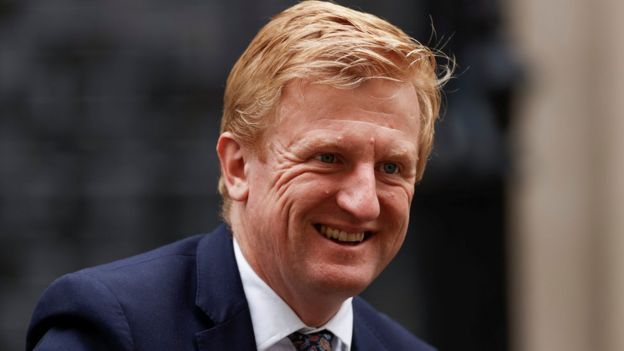The British Museum says that it has “no intention of removing controversial objects from display”.
It comes after the museum and other cultural institutions received a warning letter from the government over the issue.

Culture Secretary Oliver Dowden said that government-funded museums could lose taxpayer support if they remove artefacts.
But the British Museum says it will instead “contextualize” such items.
In a statement , it said: “The British Museum has no intention of removing controversial objects from public display.
“Instead, it will seek where appropriate to contextualize or reinterpret them in a way that enables the public to learn about them in their entirety.”
What has Sparked the Controversy?
The British Museum recently re-displayed a bust of its slave-owning founding father Hans Sloane in the Enlightenment Gallery.
It was juxtaposed with objects to reflect the fact that Sloane’s collection was created in the context of the British Empire and the slave economy.
Sloane was a physician, collector, scholar and benefactor who believed in universal free public access to a national museum collection.
However, he was also a slave owner, and the presence of his bust among the other objects highlights complexity and ambiguity of this period, the British Museum says.
What did Oliver Dowden’s Letter say?
Mr Dowden’s letter was sent to the British Museum, Tate galleries, Imperial War museums, National Portrait Gallery, National Museums Liverpool, the Royal Armouries, the Science Museum, the Victoria and Albert Museum, and the British Library.
The letter, leaked to The Sunday Telegraph, said: “As publicly funded bodies, you should not be taking actions motivated by activism or politics.

“The significant support that you receive from the taxpayer is an acknowledgement of the important cultural role you play for the entire country.”
The letter continued: “It is imperative that you continue to act impartially, in line with your publicly funded status, and not in a way that brings this into question.
“This is especially important as we enter a challenging Comprehensive Spending Review, in which all government spending will rightly be scrutinized.”
The government also stated that “rather than erasing these objects, we should seek to contextualize or reinterpret them in a way that enables the public to learn about them in their entirety, however challenging this may be”.
Cultural Re-examination
The letter comes in the same year as the Black Lives Matter protests, sparked by the death of George Floyd in police custody.
Read Also: Taio Cruz Quits Tiktok After Suicidal Thoughts
The movement sparked a public re-examination of the entertainment and cultural landscape, and the removal of associations with controversial figures.
For example, a well-known music venue, named after 17th Century slave trader Edward Colston was recently renamed Bristol Beacon.
Earlier this year, a statue of Colston in the city was also torn down by the public during the protests.
Elsewhere, The National Trust highlighted that 93 of the properties it looks after, including Winston Churchill’s home Chartwell, have links to historic slavery and colonialism.
On Thursday, Commons Leader Jacob Rees-Mogg criticized the National Trust for not realizing “how wonderful” Winston Churchill was.
Prime Minister Boris Johnson has expressed his dismay at the growing focus on removing statues of historical figures.
